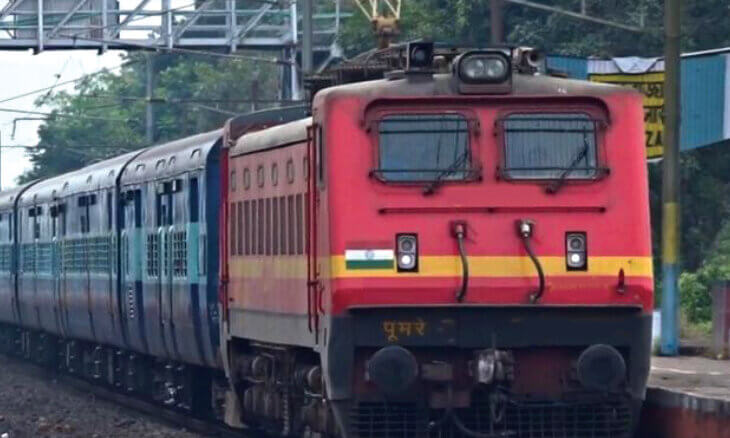
The Cabinet Committee on Economic Affairs (CCEA), led by Prime Minister Narendra Modi, has given the green light to three crucial railway projects with a total estimated investment of Rs 6,456 crore. These initiatives, spearheaded by the Ministry of Railways, aim to bolster logistical efficiency, expand connectivity, and drive economic growth across key regions.
The approved projects will span four states—Odisha, Jharkhand, West Bengal, and Chhattisgarh—encompassing seven districts. Collectively, these projects will add approximately 300 km to Indian Railways’ existing network, addressing critical gaps in the nation’s transport infrastructure. The expansion includes the construction of 14 new stations and direct connectivity to about 1,300 villages, significantly benefiting a population of around 11 lakh.
Two of the districts benefiting from the new lines, Nuapada and East Singhbhum, are designated as Aspirational Districts. The development in these areas is expected to fuel local economies, providing enhanced mobility and increasing employment and self-employment opportunities in line with Prime Minister Modi’s vision of a self-reliant India.
The multi-tracking project, designed to alleviate congestion on some of the busiest routes of Indian Railways, will further improve the efficiency of operations, ensuring smoother, faster movement of goods and people. This initiative is set to benefit an additional 19 lakh people across approximately 1,300 villages, further integrating remote areas into the national economy.
These projects are a testament to the PM-Gati Shakti National Master Plan, which aims to create multi-modal connectivity through integrated planning and execution. By providing seamless connectivity for the transportation of commodities such as agricultural products, coal, iron ore, and steel, these projects will contribute significantly to streamlining supply chains and reducing logistics costs.
Moreover, the environmental impact of these railway expansions cannot be overlooked. The capacity augmentation is anticipated to generate an additional 45 million ton per annum (MTPA) of freight traffic, translating to substantial reductions in oil imports (10 crore ltr) and CO2 emissions (240 crore kg). The environmental benefits are akin to planting nearly 9.7 crore trees, underscoring Indian Railways’ role as a green and sustainable mode of transportation.
These projects not only represent significant infrastructural developments but also reinforce the government’s commitment to sustainable growth, economic resilience, and the empowerment of underdeveloped regions. The integration of unconnected areas into the broader transport network will undoubtedly serve as a catalyst for accelerated economic development, paving the way for a more connected and prosperous India.

